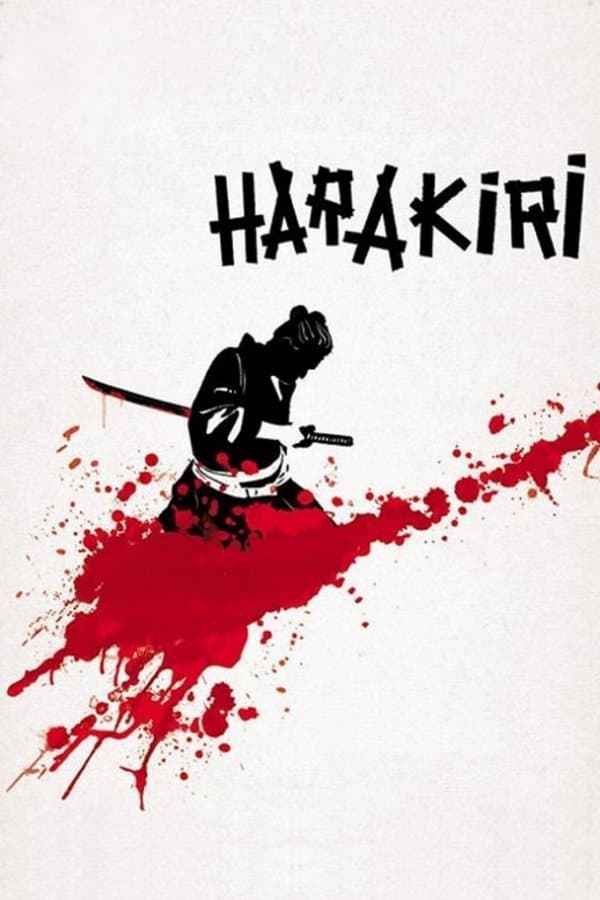
Harakiri
1962 • Action, Drama, History • NR
Down-on-his-luck veteran Tsugumo Hanshirō enters the courtyard of the prosperous House of Iyi. Unemployed, and with no family, he hopes to find a place to commit seppuku—and a worthy second to deliver the coup de grâce in his suicide ritual. The senior counselor for the Iyi clan questions the ronin’s resolve and integrity, suspecting Hanshirō of seeking charity rather than an honorable end. What follows is a pair of interlocking stories which lay bare the difference between honor and respect, and promises to examine the legendary foundations of the Samurai code.
Runtime: 2h 15m
Why you should read the novel
Reading Ibun rōnin-ki by Yasuhiko Takiguchi offers a deeper literary experience, delving into the psyche of its protagonist and the complexities of samurai-era Japan. The novel uses nuanced narrative and detailed world-building to flesh out themes of honor, hypocrisy, and the search for personal meaning. Unlike the visual focus of the film, the written word allows for a more intimate journey through the moral and psychological dilemmas faced by each character.
The novel also presents a richer historical context, revealing societal and personal motivations at a granular level. Readers gain insight into class structures, the suffering of the downtrodden, and the intricacies of family bonds. Takiguchi’s prose sheds new light on the tragic circumstances and emotional tension underpinning the protagonist’s choices, heightening the story’s impact.
By immersing yourself in the source material, you get to experience authorial intent in its purest form. The novel’s pacing, internal monologues, and descriptive passages offer a thoughtful counterpoint to the visual storytelling of the movie. For those seeking depth and reflective engagement, Yasuhiko Takiguchi’s novel provides lasting thematic resonance that lingers long after the final page.
Adaptation differences
One of the most obvious differences between Harakiri (1962) and its literary source lies in narrative structure. The novel unfolds through multiple perspectives and delves into the internal motivations of several characters, allowing readers to explore how different individuals interpret and are affected by the bushido code. In contrast, the film chooses a more linear and visual approach, focusing tightly on Hanshirō Tsugumo and making extensive use of flashbacks to reveal his story.
Another notable distinction is the depiction of violence and ritual. While the film is known for its harrowing and graphic seppuku scenes, the novel adopts a more introspective tone, using these events to meditate on the internal suffering and honor-bound conflicts of the characters. This narrative choice makes the act less about spectacle and more about psychological impact, drawing readers into the character's anguish.
Thematically, the film accentuates the critique of feudal hypocrisy by amplifying visual symbolism—such as the use of the empty courtyard and armor—while the novel articulates these criticisms through character reflections and dialogue. As a result, the book offers a more subtle and contemplative critique that may be overshadowed by the directness of the cinematic adaptation.
Lastly, character development diverges between the two mediums. The novel provides backstories and motivations for secondary characters, enriching the world and widening the emotional reach. The film, constrained by runtime, trims several subplots, condensing or omitting details about the supporting cast. This focus lends immediacy to the protagonist’s plight but potentially sacrifices the broader commentary present in the novel.
Harakiri inspired from
Ibun rōnin-ki (English title: 'The Account of a Strange Ronin')
by Yasuhiko Takiguchi

